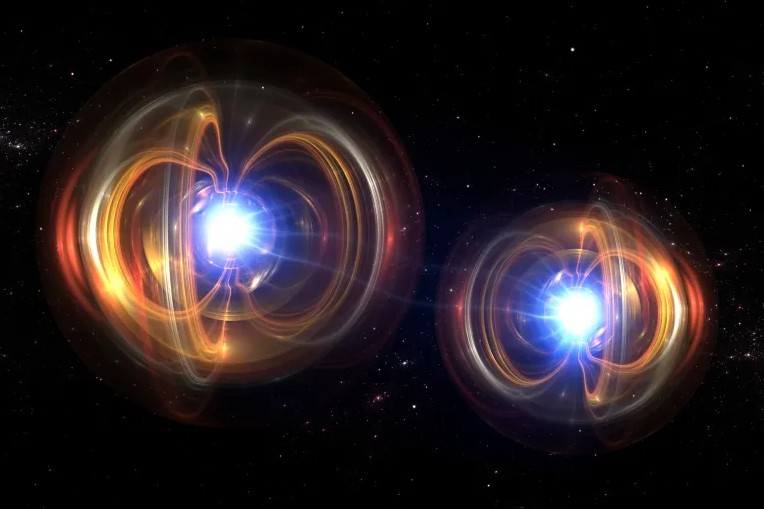
In the context of the growing complex global networks connecting the Earth’s regions through vast fiber optic and terrestrial links, information exchange is the cornerstone of today’s human civilization. These networks serve as vital lifelines, but questions arise about their capacity to accommodate increasing data and information sensitivity. Scientists believe that the emerging field of quantum technologies holds a promising future in addressing these challenges.
Recent studies have shown that quantum optics, the study of light interaction with matter, provides an opportunity for experts to create more sophisticated systems capable of instantaneously transmitting information between two locations. This is a departure from the current reliance on physical communication between two parties to send information.
Quantum communication can only occur under quantum entangled conditions, requiring three-dimensional quantum states. This means the necessity of having quantum-entangled photons to expand access to higher dimensions. In a collaborative effort by experts from the University of Vienna and the Institute of Photonics Sciences, an experiment was conducted using the instantaneous transfer property, representing the first attempt to transmit an image across a non-physically linked network.
In the study titled “High-Dimensional Spatial Information Quantum Transfer Using a Nonlinear Detector,” the research team led by Dr. Veronique Seiffert utilized a nonlinear optical detector that eliminates the need for additional photons, simplifying and enhancing the process.
Remarkably, the detector demonstrated its ability to handle any information pattern requiring transmission, leading to the discovery of 15 new dimensions that could pave the way for high-capacity quantum network communications.
Practically, this experiment can be applied to banking procedures. For instance, some clients may need to send sensitive information like a fingerprint to the bank. In the traditional approach, there is a potential security loophole as the transmitted information can be intercepted by unauthorized parties. In other words, the traditional method lacks essential security measures to protect information during transit, making it susceptible to eavesdropping or interception. In the innovative experiment, instantaneous transmission occurs without any physical link.
However, this example lacks only one element: it requires a bright laser beam to prompt the nonlinear detector and notify the sender of the impending transmission. In this context, the technology is still under development and cannot be referred to as instantaneous transmission yet. It may become a reality in the future if the nonlinear detector becomes more efficient and evolves.
Leave a Reply